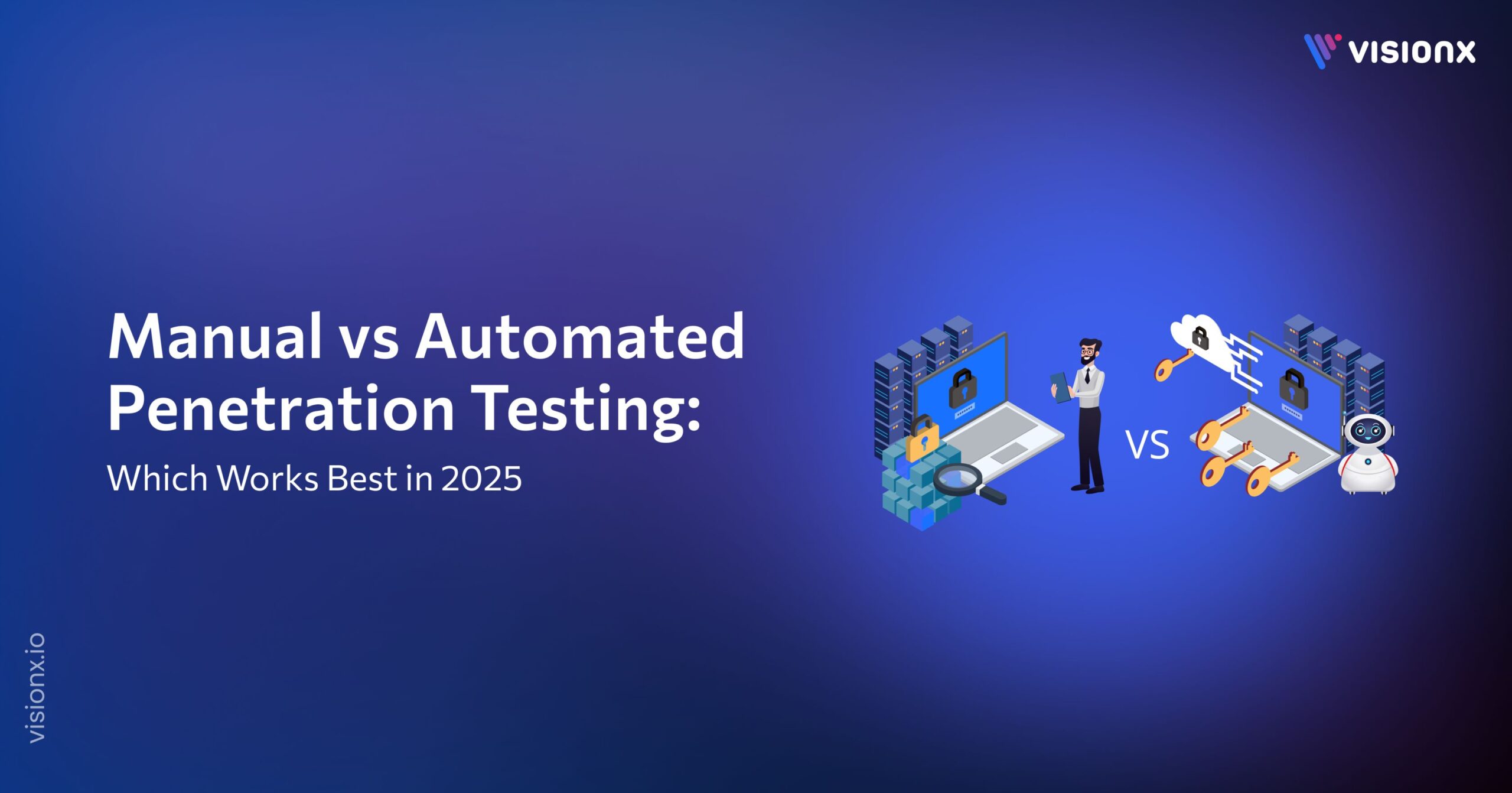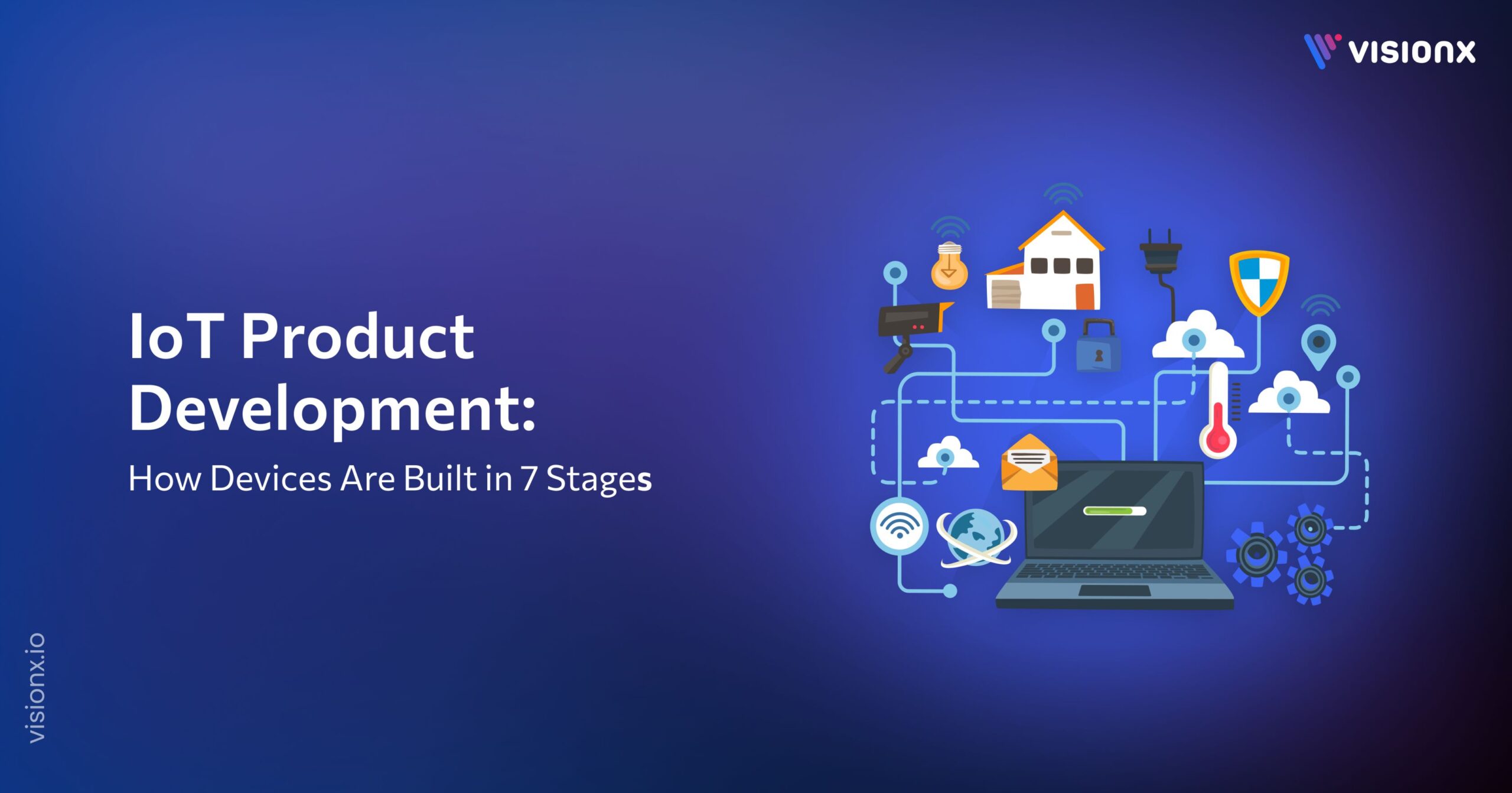Imagine trying to build a house or perhaps any structure without an outline or blueprint. It would result in chaos and inefficiency, ultimately leading to poor structure quality. That is similar to developing digital products. Without a defined strategy, you’re likely to fail.
The roadmap to your success is an effective digital product strategy. It describes your goals, target audience, and features, including the marketing plan, which will guarantee that your product satisfies your customer’s needs and ultimately meets your business goals.
Thus, building up a good strategy will help you avoid expensive mistakes, put things in order, and increase the chances of success in your digital product. It will help you stay on course and make proper decisions when you are developing your digital product.
Read the rest of this blog series as we break down, step by step, how to develop an effective digital product strategy.
What is a Digital Product?
Any product represented digitally and accessed through a computer, smartphone, or other digital device would be considered a digital product. This includes mobile applications, software, websites, online courses, media, e-books, and streaming services, for example. Even though they differ from physical products, they can be easily transmitted via electronic means that, in many cases, permit rapid scalability and iteration on updates.
Digital Product Strategy: What does it mean?
A digital product strategy is a detailed scheme that a company formulates to design, build, and sell a digital product. It guides the entire life of the product, from the inception of an idea to improvements on the product after it has been launched into the market.
The strategy calls for opportunity identification through research and assessment of wants, competitors, and the industry as a whole. It also defines the product’s unique selling point that differentiates it from others and within its target audience.
When a digital product strategy includes specific, defined goals (for instance, the number of new customers, a certain level of sales, or the amount of time users will devote to a particular product), it becomes easy to monitor the dynamics of advancement and the degree of effectiveness achieved.
Moreover, this strategy guarantees that the digital product maintains an optimal fit with the other business strategies of the organization while at the same time creating value for the users through continuous enhancement of the design and innovations.
Why is it necessary to create a digital product strategy?
There are many reasons why a company needs to have a digital product strategy. First, it gives a sense of direction for every product, and it must work with the general goals and long-term vision of the company. The more clarity there is about what needs to be done, the more it unifies the direction of the teams.
Second, it supports customer-centric development through prioritized user needs and expectations for the product needs to consistently solve real-world problems. A good strategy also ensures the proper allocation of resources by optimizing the time, budget, and talent involved in producing better team performances.
Changes in the market or shifts in technology inherently hold risks that such strategy can reduce, and proper planning thereby helps avoid more potential risks involved. Finally, it provides for scalability and growth because the product smoothly becomes aligned when it starts gaining real traction with the market and within user adoption.
Key components of a digital product strategy
The best digital product strategy incorporates all the following key components:
- Market Research and Analysis: Market research and analysis form the base of any product strategy, as they provide an understanding of the target market, competitors, and pain points of the customer.
- Value Proposition: Identify what unique value your product will offer users and solve some particular problem or how it can solve users’ problems.
- Product Vision and Goals: Outline a long-term vision for your product and measurable goals concerning acquiring customers, revenue growth, and engaging your user base.
- Target Audience: Identify ideal users and create user personas to tailor the product according to their needs.
- Roadmap and Timeline: Develop a roadmap that indicates the development milestones accompanied by key deliverables to guide the evolutionary process of the product.
- KPIs and Metrics: Develop specific KPIs according to performance, such as user retention, customer satisfaction, or revenue.
- Technology stack: It must support the scaling, security, and functionality of your product.
- Competitive differentiation: Explain what makes your product different or better compared to others in the market.
Steps for developing an effective digital product strategy
The following are the steps for developing an effective digital product strategy;
- Oversee the Market: First and foremost, investigate the market thoroughly to identify the level of demand, existing competitors, and how their offerings satisfy the client’s requirements. Surveys, focus groups, and analytics will assist in gathering useful data.
- Write Down the Envisaged Product: Give a long-term vision showing what the envisaged product should be able to accomplish. This vision should be aligned with the company’s objectives and fill a relevant market void.
- Create User Personas: Craft in-depth descriptions of the target audience, comprising such aspects as how old or young they are, what they do, as well as their needs and problems. A comprehensive user understanding will facilitate design and feature incorporation in the new product.
- Set Objectives and KPIs: Generate goals that can demonstrate the success of the new product. Whether it is user retention, revenue generation, or audience engagement, progress has to be tracked with KPIs.
- Rank Features and Map Out Timelines: Prioritize the features of the product using a prioritization framework, such as MoSCoW or Kano, to determine which ones are the most important. Place these features in a development roadmap that shows key phases and milestones of the project.
- Use the Correct Technology: Capitalize on the most appropriate tools, platforms, and technology for the health of the digital product: development, growth, and nurturing. At this point, scale and adaptability seem to be the main factors to consider.
- Be Ready For Market Entry and Update The Product: Post-launch phase, collect feedback observations, assess how the product processes, and enhance the product for higher value and better user satisfaction practically.
Benefits of developing a digital product strategy
An effective digital product strategy includes the following benefits;
- Coordinated Actions of the Group: Every member of the team, whether a product manager or a software developer, knows the strategy to be followed, the goals to be reached, and the deliverables that are expected.
- Better Decision-Making: Everything that is needed in order to arrive at and implement critical decisions comes from the strategy very quickly and with absolute certainty.
- Better Use of Resources: A correctly designed roadmap makes sure that the resources are properly used, thus reducing waste and inefficiencies.
- Inevitably Greater User Satisfaction: It is more likely that the product provides meaning to the customer and hence meets their satisfaction and retention levels because the product design and development process is concerned with the users and their feedback.
- Shorter Development Cycles: This enables the development process to be less time-consuming so that the products are produced faster for the market but with no quality compromises.
Final Thoughts
A digital product strategy is more than just a roadmap—it’s a foundation without which one cannot survive in today’s technology-oriented age. It makes certain that every aspect of your product’s lifecycle, from inception through growth and maintenance, has a focus on goals, audience, and vision over time. Once the blueprint of the strategy is available, it will be possible to make certain decisions, manage resources wisely, and respond to the changes in the external environment effectively.
Yet again, misalignment and wasted efforts are some of the negative consequences that absence of strategy leads to in business and unnecessary complications and failure. However, the right approach means a number of possibilities for creating a winning product and a continuous cycle of improvements, happy customers, and healthy business. Therefore, incorporating a solid digital product strategy into the process means that you will do more than just launch the product; you will make sure that it flourishes in the thick of the competition.
With this guide, you’re now well-prepared to pursue the steps necessary to develop a strategy for your next digital product that works. Go ahead and begin the journey since it is known that the right strategy will translate into success.
At VisionX, we specialize in providing digital product strategy services to assist businesses in navigating the complexities of technology and products. Our Technology consulting services help organizations manage their entire product portfolio from strategy formulation to execution.


